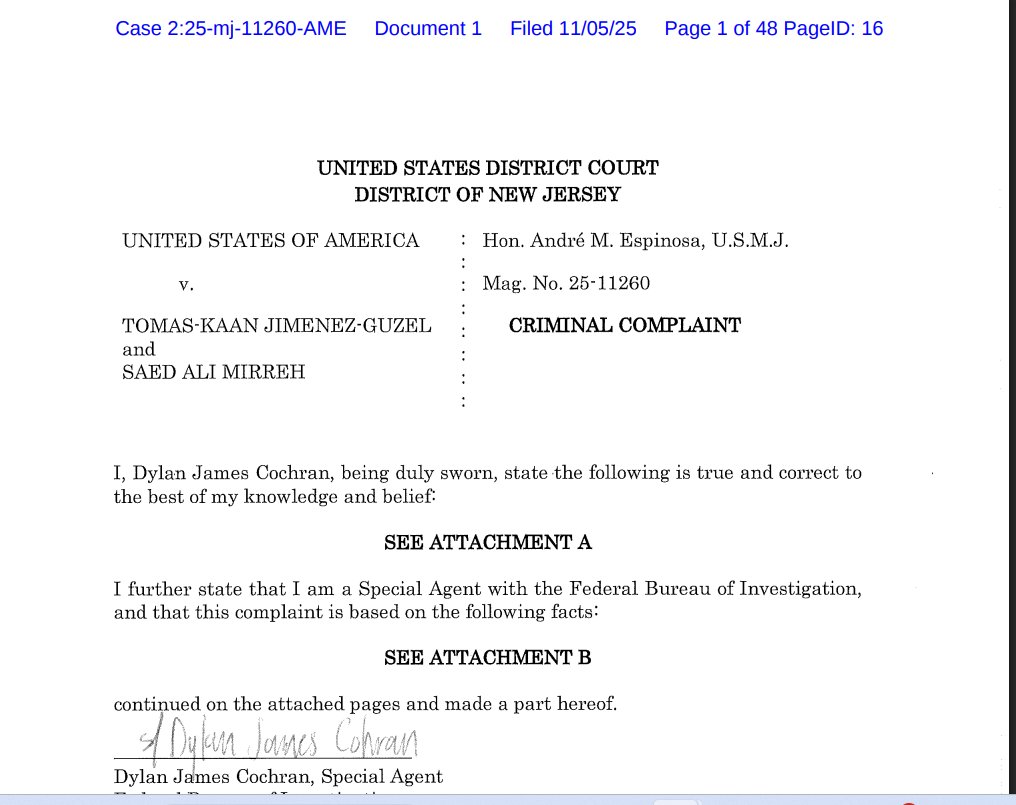🚨🚨🚨BREAKING: Trump files response in Alien Enemies Act case. I didn't think Sauer would wait until tomorrow or Monday. 1/
2/ Link: Comments to follow.supremecourt.gov/DocketPDF/24/2…
4/ Trump Admin. hits numerous deficiencies: a) ACLU filed application on behalf of clients "does not represent," using "class action" procedure that is not available for habeas claims, and using individuals who deny membership in tDa--which is not others in supposed class. 

5/ Interestingly, Trump says SCOTUS order limits removal of tDa members on other other grounds & notes that those held in Texas are removable on other grounds. It is unclear if orders of removal have already been obtain or Trump just means they can get those. 



6/ I hadn't read SCOTUS as limiting removal on other basis but it technically is that broad because the proposed class says
"were, are, or will be subject to" proclamation & all tDa members are "subject to proclamation," but could still be removed a different way.
"were, are, or will be subject to" proclamation & all tDa members are "subject to proclamation," but could still be removed a different way.

7/ And SCOTUS order says Trump can't remove any member of putative (wanna-be) class and doesn't say don't remove for that reason! 

8/ As I noted earlier in another thread, the district court said it was prepared to enter a decision on Plaintiff's request for a class TRO when ACLU filed appeals. Will SCOTUS step off and allow district court to enter its decision? 

11/11 SCOTUS has created another mess because it is clear it shouldn't have entered its order because: a) no class certified; b) no class can be certified; and c) "norms" would be to allow lower court to rule. BUT if SCOTUS vacates order, Trump will likely immediately deport.
• • •
Missing some Tweet in this thread? You can try to
force a refresh





























